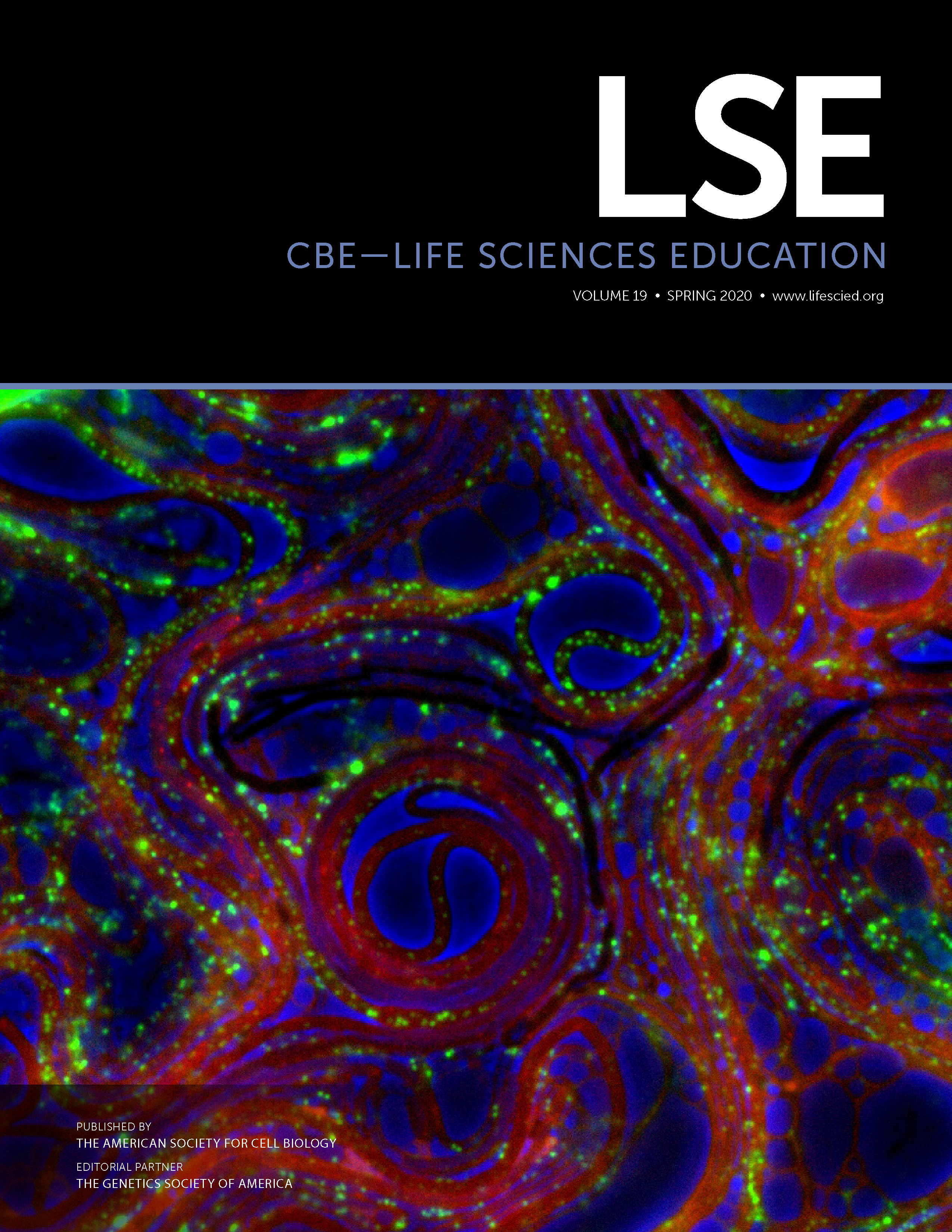Modeling in the Classroom: Making Relationships and Systems Visible
Abstract
As an instructional tool, models can transform the student experience from the static to the dynamic, the flat to the 3D, and the siloed to the integrated. Few practical resources exist to help instructors transition toward model-based classroom practices. The Modeling in the Classroom evidence-based teaching guide provides instructors with a tool kit for incorporating models and modeling into their classrooms (https://lse.ascb.org/evidence-based-teaching-guides/modeling-in-the-classroom). The guide discusses the underpinnings of modeling as a core scientific practice, one that can enable student development of systems thinking skills and understanding of biological concepts. The guide describes a variety of model types, including phylogenetic trees, simulations, animations, diagrams, conceptual models, concept maps, and tactile models supported by summaries of and links to articles and resources. In this paper, we will introduce key findings describing why and how to use models in the classroom. We also describe open research questions needed to address classroom implementation, instructional design, and development of students’ knowledge and skills. It is our hope that the guide will provide a suitable combination of research-based findings and practical suggestions that instructors will be supported and encouraged to thoughtfully incorporate modeling to support learning goals.



